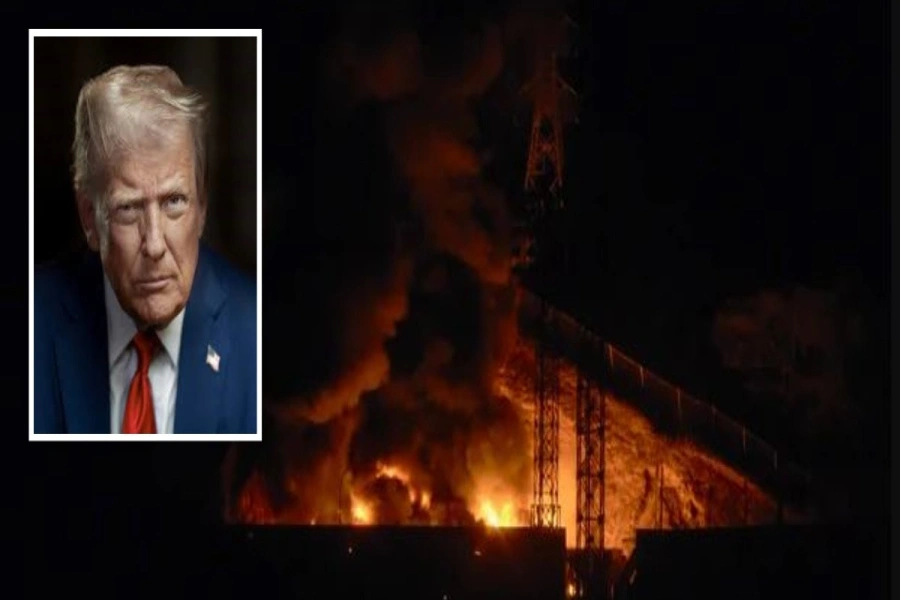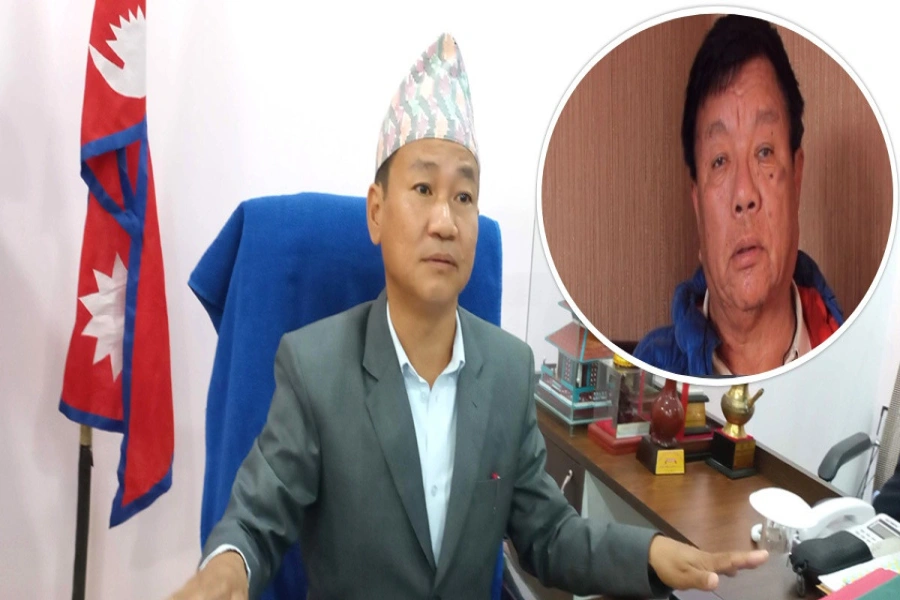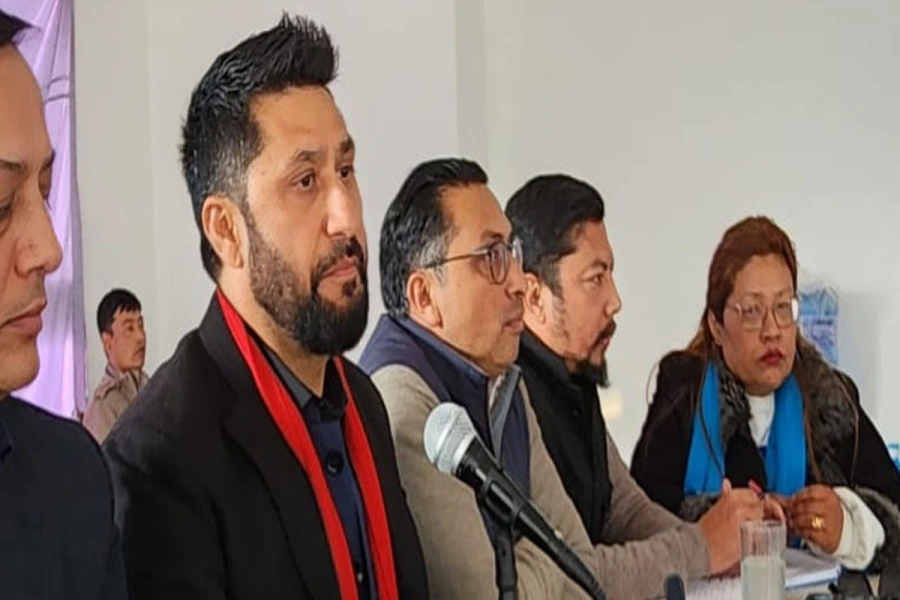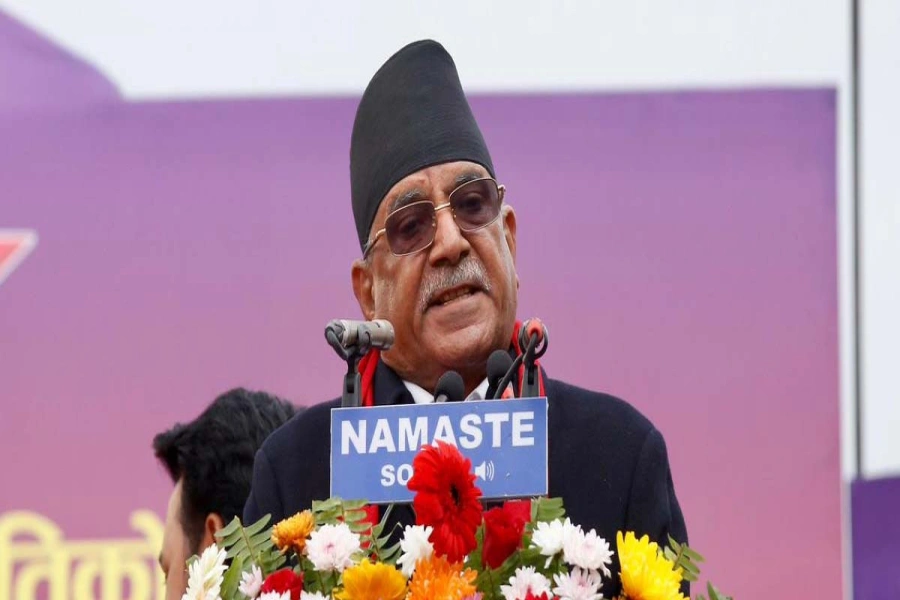KATHMANDU, May 9: Only eight percent of the total number of candidates fielded for the positions of chiefs of local units -municipalities or rural municipalities - are female even though the election law has made it mandatory to field opposite genders for the chief and the deputy chief of a given unit.
The representation of women candidates at ward level is even lower than at the rural municipalities and municipalities. Only four percent women candidates are being fielded for heads of ward committees.
Despite the gender-friendly electoral laws with a 50 percent quota allotted for women candidates, male candidates have dominated the race for top positions. Electoral law provisions at least 40 percent women candidacies and their 50 percent representation in executive positions. Additionally, there is a mandatory provision to field two women candidates including a Dalit woman for the ward committee.
According to the final details compiled by the Election Commission (EC), 91.65 percent of candidates contesting the posts of chiefs of municipalities are male while the representation of women candidates stands at 8.35 percent. Of the total candidates contesting for deputy chiefs of municipalities, 81.43 percent are women whereas male candidates for deputy positions at local units is 18.57 percent.
Police units return in Lalitpur, beat restored in Dang

Details show that women candidates are also not given priority in the field for chiefs of ward committees. Of the total number of candidates contesting for chiefs of ward committee, women constitute just 4.17 percent while male candidates stand at 95.83 percent.
Out of the four members of a ward, two are reserved exclusively for females including one for a Dalit female. Of the total 16,609 women candidates for ward members 7,526 candidates are from the Dalit community.
Details compiled by the election body show that of the total 49,337 candidates contesting in the 283 local units of provinces-3, 4 and 6, the total number of women candidates stands at 19,322 while male candidates number 30,005.
Stakeholders, including election commissioners, have expressed dismay over the nominal representation of women candidates for the positions of local body chiefs. Experts voice concern over the low number of female candidates, saying it is far less than envisioned by the electoral law.
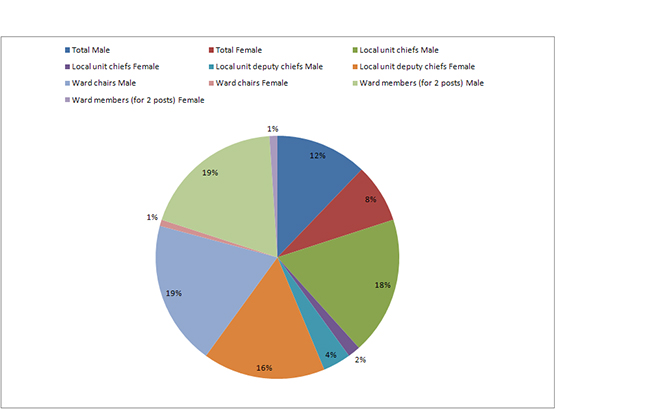
The electoral law clearly states that the number of female candidates should be at least 40 percent of the total, but female candidates for ward members stand at 39.14 percent.
Experts cite a couple of reasons behind the low number of women candidates. They cite the male-dominant party structures, poor preparedness of women candidates given the gap of nearly two decades since the last elections, and a sort of hesitation among females to take up leadership of the 'powerful local units' envisioned under the federal setup.
"Women are merely confined to deputy positions. It's because of our male-dominant party structures," said former lawmaker Pushpa Bhusal of Nepali Congress.
Bhusal, who is also an advocate, said women leaders were not groomed for the leadership of local units.
EC Commissioner Narendra Dahal said many women are also left out because various political parties forged electoral alliances. "There is no clarity over fielding women candidates when parties forge electoral alliances," said Dahal.
For example, no deputy mayoral candidate was fielded by CPN-UML after it entered into an electoral alliance with the Rastriya Prajatantra Party in Kathmandu Metropolitan City. UML agreed not to field a candidate for deputy mayor after RPP supported UML's Bidhya Sundar Shakya for mayor. RPP's Rajaram Shrestha has been fielded for deputy mayor.
Leaders like Bhusal, however, have taken the maximum number of women candidates for deputy positions as an opportunity to ensure change in coming days. "Deputy mayors are basically assigned to the judicial functions of local units. That's why I have taken it as a positive note," said Bhusal adding, "The challenge lies in how to make them [women] technically efficient in that role."







